Don’t you just hate it when the sale seems to be going well…but at the end, the close ultimately proves elusive?
It might seem like the end of the sale is the key moment to close the deal. But in reality, the earlier part of the sales conversation is what ultimately results in a closed deal—or not.
In this video, I’m going to show you 11 keys to closing sales right now. Check it out:

1. Don’t worry about the close at the end.

The concept of a hardcore close at the end of the sale is really old-school. You can go on YouTube and find lots of tutorials about closing sales by convincing your lemming of a prospect to buy from you with a hardcore close. But it’s just not the way sales works anymore. Prospects today are smart. And, chances are, they’ve already made their decision about whether to buy from you much earlier on in the conversation.
So, worrying about the close at the end of the sales conversation is pointless. It’s simply the wrong place to be focused. Instead, focus on taking each prospect through a process that centers on what matters most to them. Try to understand what’s going on in their world, make sure they see value in what you do, and organically get them to believe that you can be the solution to the challenges that they’re facing—because you can. That’s the real foundation of closing sales in today’s market, not some fancy, persuasive closing technique.
2. Start strong, finish strong.

One of my early sales mentors always used to tell me, “Marc, if you start the sale off strong, you will finish strong. If you start the sale off weakly, then you’re not going to close that deal. You’ll be fighting and scraping and clawing and discounting to keep it alive.”
This is so true. If you’re committed to closing sales, it’s crucial that you start the sale off strong. Show your value upfront and don’t wait for that elusive, magical close at the end. Remember, the prospect has already made up their mind way before the end of the conversation. Start strong.
3. Bring insight at the beginning.

We salespeople have an amazing bird’s eye view of our industry, because we talk to so many prospects day in and day out. This is similar to the insight of a highly paid consultant—yet we’re not being paid for that consulting work. But that doesn’t mean you can’t leverage your knowledge by demonstrating your insight at the beginning of the sales conversation.
Bringing real insight at the beginning of the conversation is key to closing sales. Show that you know what you’re talking about. Prove that you understand their world. Give them some tips, ideas, or data that’s actually useful to them. The more useful the prospect feels that you are, the more likely they will be to want to answer the questions you ask them a little bit later in the conversation.
4. Understand them better than the competition.

I believe in the mantra, “If you understand prospects’ challenges better than anyone else, they will buy from you.” Make it a goal to understand your prospects better than your competitors do. Aim to understand your prospects better than their business partners. The more you can understand what’s going on in the life of your prospect, the more you are going to sell. That’s a simple truth when it comes to closing sales.
5. Spontaneous questions win the day.

The Sales Insights Method teaches a systematic approach to asking questions during the sales conversation. This approach is critical to closing sales. But it must also be used in conjunction with equally important spontaneous questions. Why? Because there are always going to be questions that we didn’t even know we were going to ask—because we have no way of knowing exactly what the prospect is going to say ahead of time.
So when your prospect says something you don’t fully understand, or mentions something that you want to dig deeper into, use a spontaneous question such as, “Well, what prompts you to say that?” or, “Can you help me understand that?” or, “Why do you think that is?”
These types of spontaneous questions get the prospect to open up, and engage them in the ultimate solution that you’ll be sharing later on.
6. Think like Columbo.

Now, if you’re under the age of 50, you may not be familiar with Columbo. Columbo was a famous TV detective who was always the smartest person in the room…but he was always acting like he didn’t understand things so people would explain them on a deeper level. That’s exactly how we want to think throughout the sales process. Our goal is not to demonstrate that we’re the smartest person in the room. Instead, our goal is to simply understand what’s going on.
Nothing disarms a prospect more than the sense that you’re genuinely curious about what’s going on in their world. Even though you might understand your prospect’s world better than anyone else, you can still ask questions. Think like Columbo.
7. Leverage case studies.

Your prospects don’t care about your features and benefits. They certainly don’t care about your offering. What they do care about is whether you can solve the challenges they’re facing. And one of the best ways to demonstrate that you can solve their challenges is by sharing the stories of other people you’ve helped who have been in their position. That’s what a case study is.
Case study is basically a fancy term for client story. Each case study should include the challenges that your client dealt with, what you did to help, and what results came out of it. The more relatable case studies you can share with a prospect, the more likely they are to buy. Leverage case studies to start closing sales more often.
8. Focus on solving challenges.
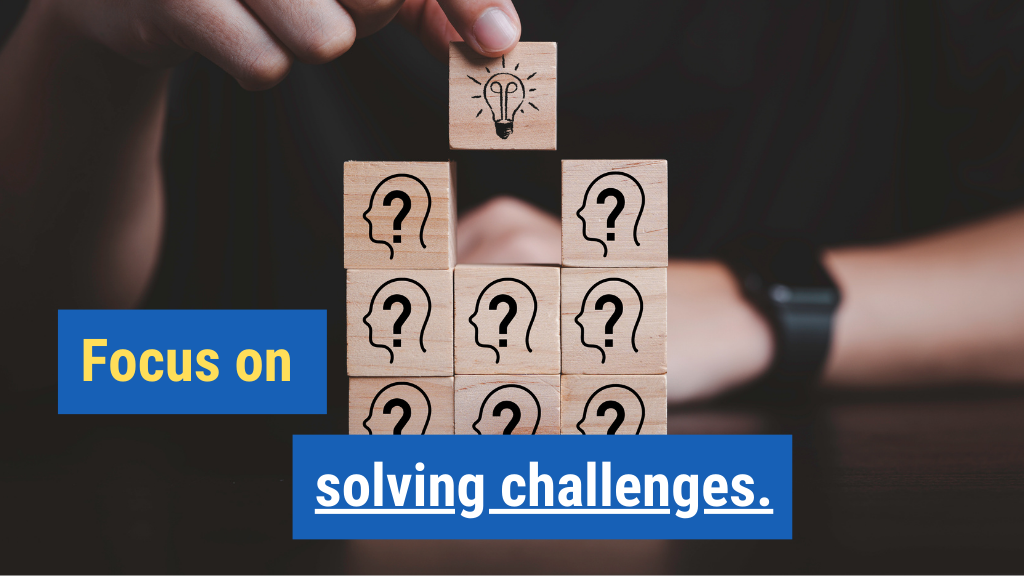
We touched upon this earlier, but it begs repeating: Prospects only care about the challenges that they have, and whether you can help them solve them. They don’t care about anything else. When it comes to closing sales, you need to laser-focus on solving whatever challenges they talk about. The more you relate back to those challenges throughout the conversation, the more likely they are to see value in what you do.
9. Engage.

Our recent sales research study shows that the more engaged and “back and forth” your sales conversations are, the more likely you are to be closing sales. If your prospect is highly engaged, asking questions, and answering your questions, then you’re in a sweet spot where there’s a good connection and they’re likely to buy. Make engagement the goal of your sales conversations. The more engaged prospects are, the more likely they are to buy.
10. Lots of questions = more sales.

Let’s be clear: I’m not telling you to suddenly start probing your prospects with tons of annoying questions. Instead, if your sales conversation is really a genuine two-way interaction, those questions are naturally going to happen. The data unequivocally shows that the more questions you ask, the more sales you’re going to close.
11. Take their temp.

Take your prospect’s temperature at the end of the sales conversation. They’re going to give you feedback if you actually ask. This might sound something like, “I really appreciate this conversation so far. On a scale of one to ten—one being that we’re way off track, ten being that we’re right on track—where would you say that we are in this conversation?” Based on the number they pick, you’ll know exactly where you stand with the prospect. That’s how you’re going to understand whether you’re on track, not by going for some hardcore close at the end.
So there you have it. Now you know 11 keys to closing sales right now. How will these tips influence the way you sell? Be sure to share your thoughts in the comments section below to join the conversation.

Enjoyed this article? Please share away!

Get instant access to our free sales training:
Why Prospects Push Back on Price, Give 'Think-It-Overs,' and Ghost in Sales Until They Meet a Sales Superstar Who Is Following These 7 Simple Keys

About the Author Marc Wayshak
Marc is is the best-selling author of three books on sales and leadership, including the highly acclaimed titles Game Plan Selling, The High-Velocity Sales Organization and his forthcoming book, Sales Conversations, Mastered.
Marc is a contributor to Inc, HubSpot, Fast Company, Entrepreneur Magazine, and Huffington Post Business. He also hosts a popular YouTube channel on sales strategy with over 103,000 subscribers.
Marc helps thousands of people his data-driven, science-based approach to selling that utilizes all the best tools available to sales organizations today.

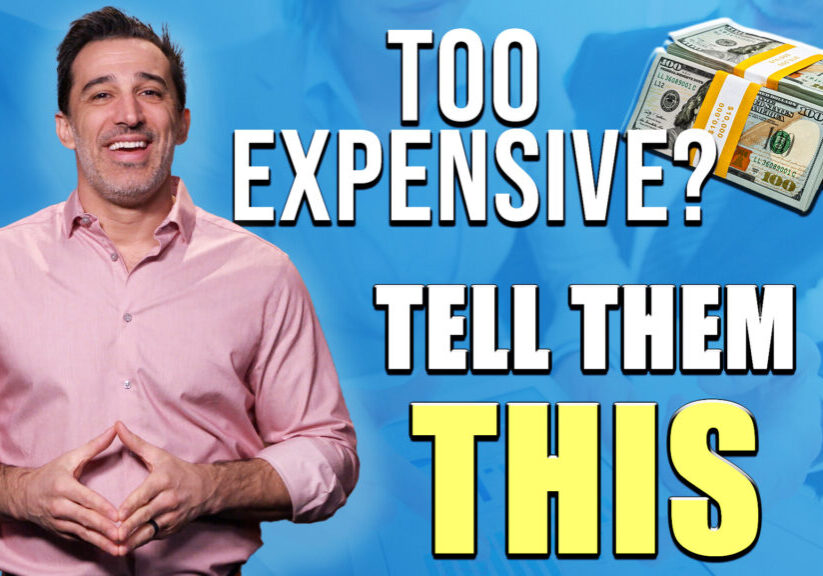
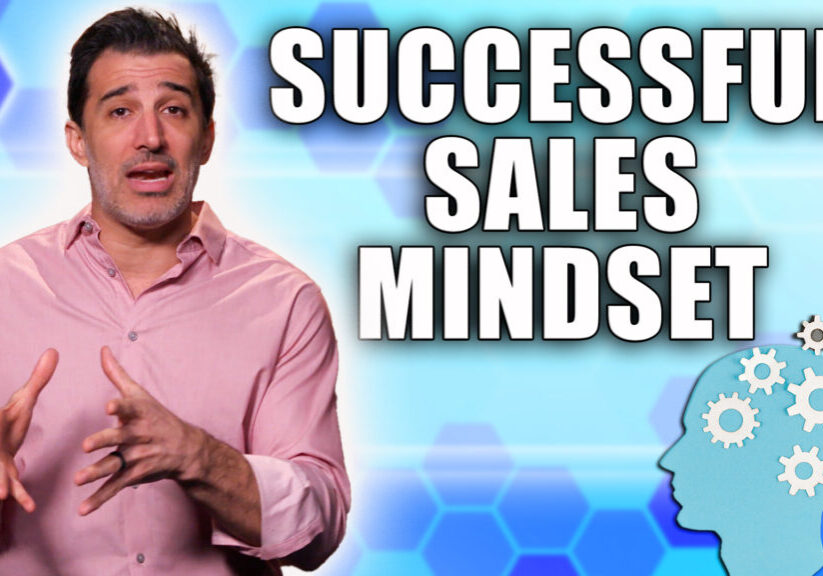
![How-to Sell to Power [C-Suite Sales Must-Knows!] How to Sell to Power [C-Suite Sales Must-Knows!]](https://salesinsightslab.com/wp-content/uploads/bb-plugin/cache/How-to-Sell-to-Power-C-Suite-Sales-Must-Knows-1024x576-landscape-7a52c541b28a7b772ad9e1010d8240be-.jpg)
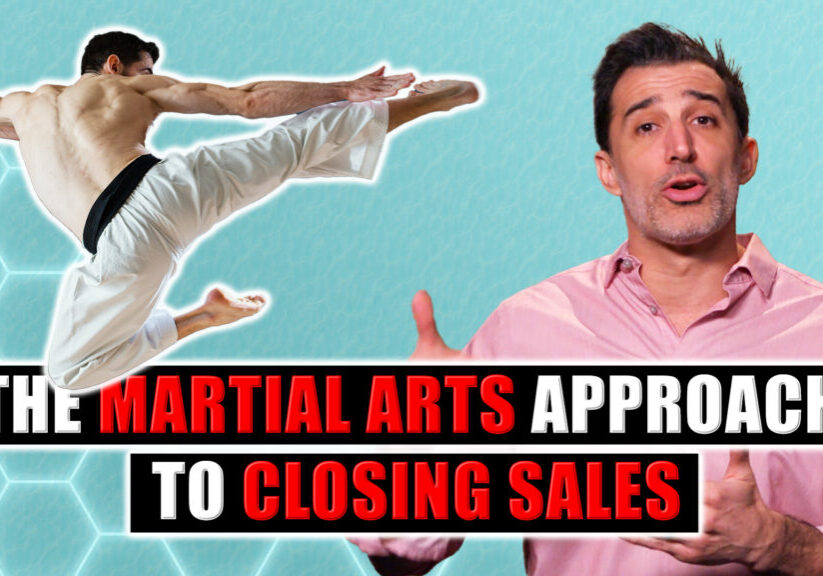
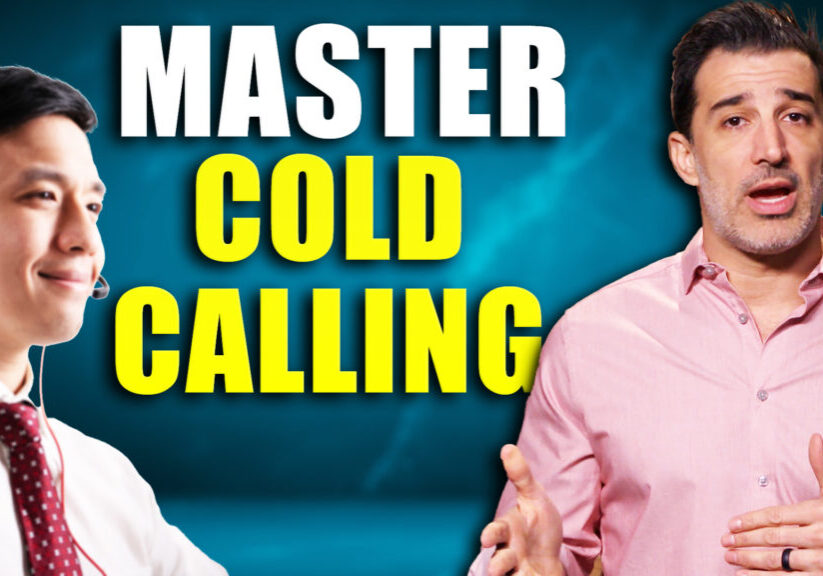
![The Absolute Best Way to Start a Sales Conversation [WITH ANY PROSPECT] The Absolute Best Way to Start a Sales Conversation [WITH ANY PROSPECT]](https://salesinsightslab.com/wp-content/uploads/bb-plugin/cache/The-Absolute-Best-Way-to-Start-a-Sales-Conversation-WITH-ANY-PROSPECT-1024x576-landscape-be9d9379ab94d9f71b5bfeed42246a84-.jpg)